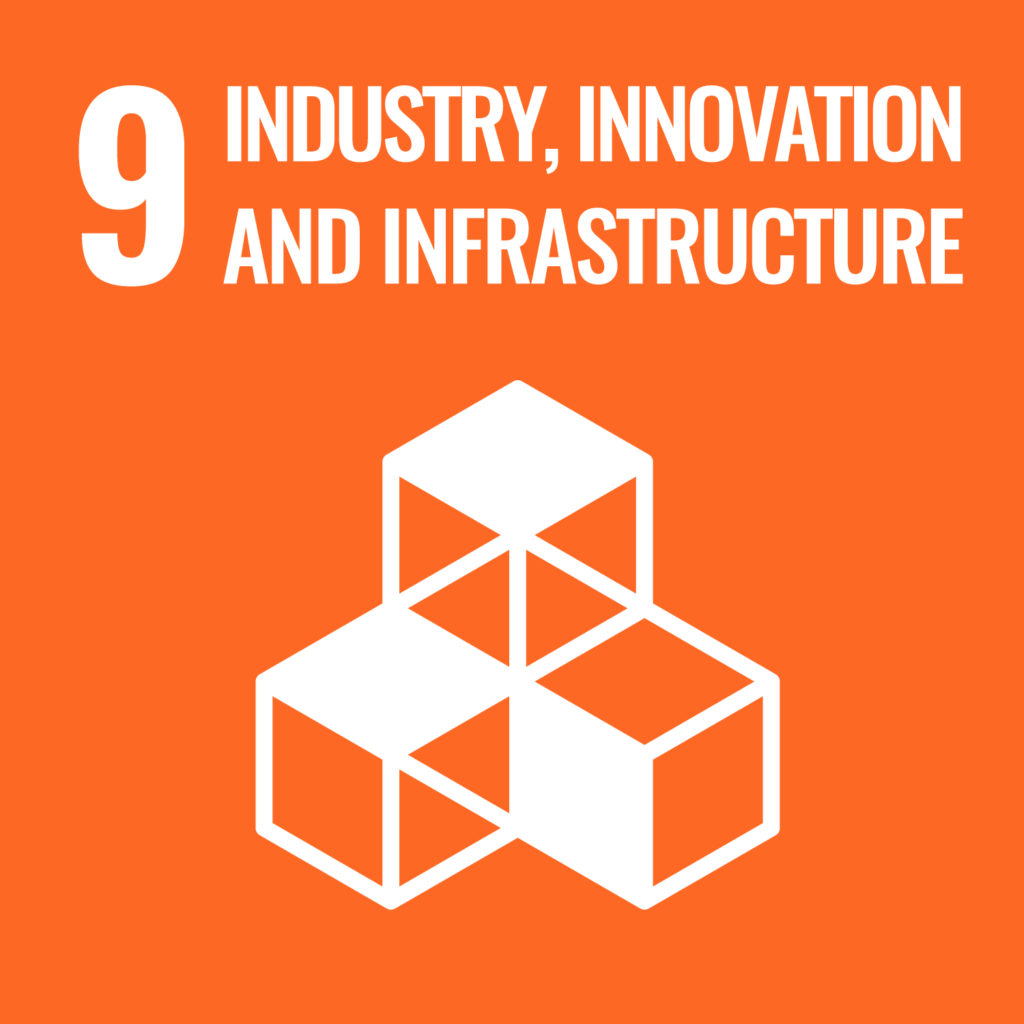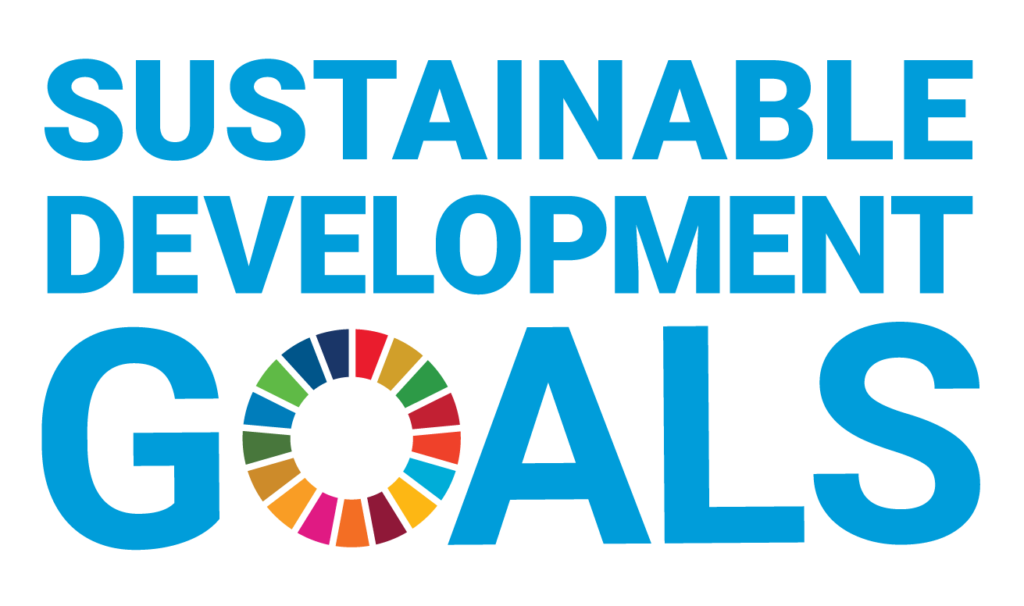
Relentless Pursuit of Environmentally Friendly Leather
Research and Development with an Eye on the Future
Although there is little demand for sustainability in the current domestic leather market, it is definitely becoming more popular overseas.
Anticipating that this wave will definitely arrive in Japan, we are independently researching and developing new leather materials that are scientifically and technologically unique and environmentally friendly.
Leather Returned to Earth
We have knowledge of chemicals for leather, and have been scientifically investigating materials that are truly environmentally friendly for some time.
Therefore, we started a new method of tanning using zeolite.
We carried out research and development, including a survey of overseas papers and analysis of physical properties and biodegradability, and succeeded in developing a new material using “zeolite tanning”.
Under favorable conditions, it will be decomposed by microorganisms in the soil within 2 to 3 months.
(Confirmed by soil burial test, ISO 20136 standard currently under test).
If leather and leather products can be quickly decomposed in the soil when disposed of, they will not cause an increase in CO2 as would be the case when disposed of by incineration.
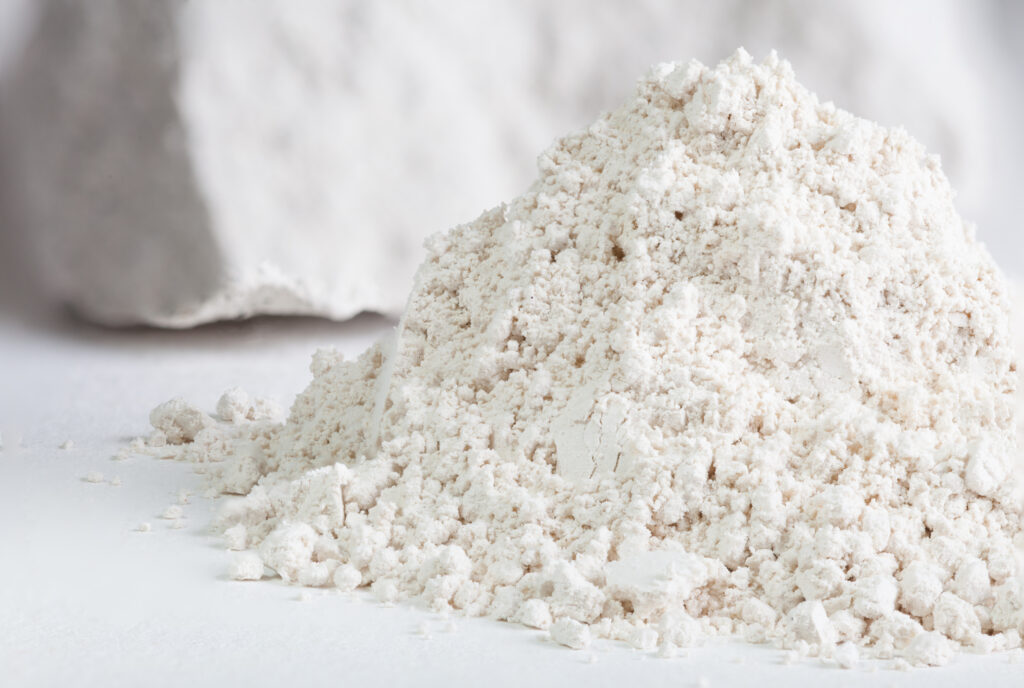

Therefore, we started a new method of tanning using zeolite.
We carried out research and development, including a survey of overseas papers and analysis of physical properties and biodegradability, and succeeded in developing a new material using “zeolite tanning”.
Under favorable conditions, it will be decomposed by microorganisms in the soil within 2 to 3 months.
(Confirmed by soil burial test, ISO 20136 standard currently under test).
If leather and leather products can be quickly decomposed in the soil when disposed of, they will not cause an increase in CO2 as would be the case when disposed of by incineration.
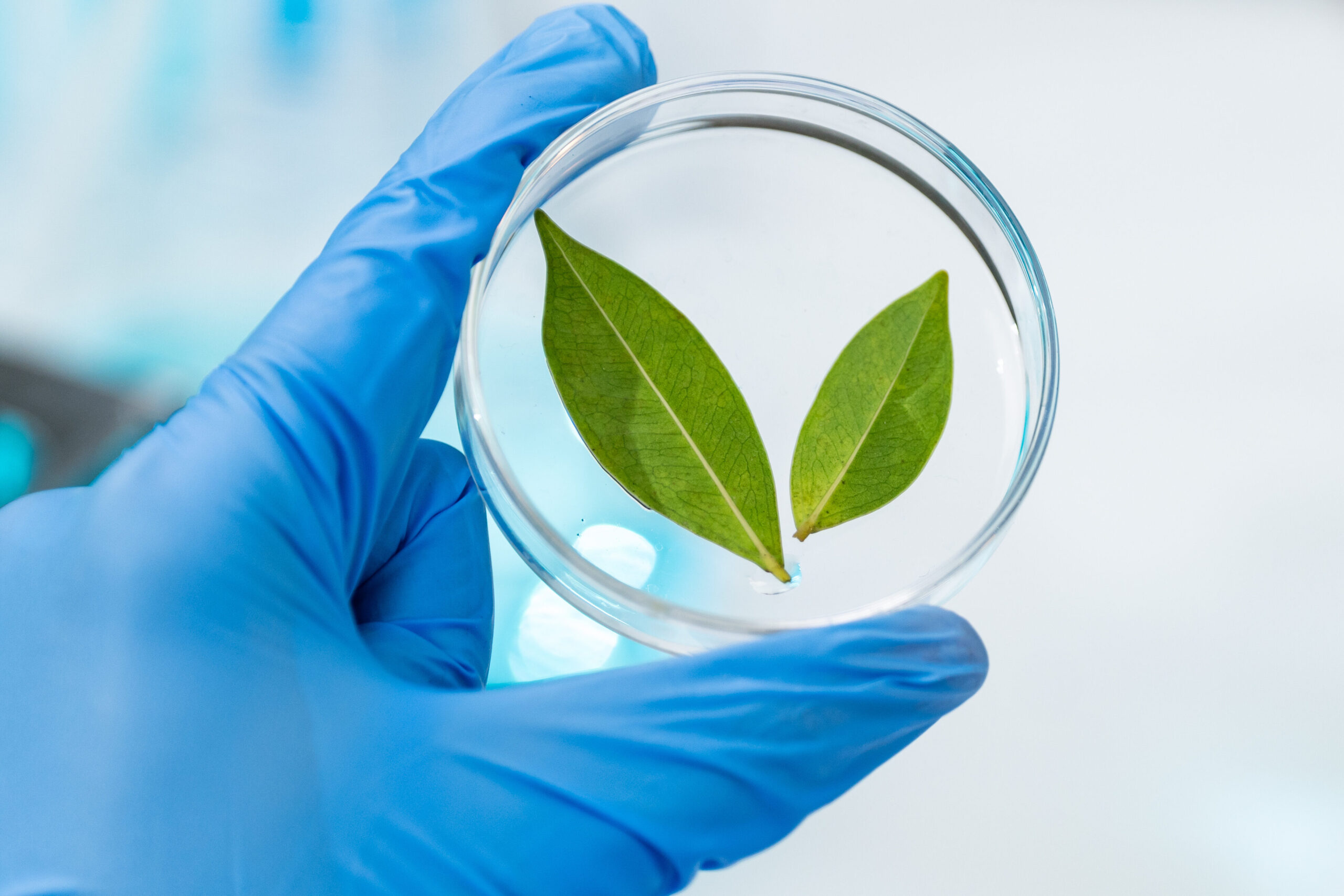
Acrylic and polyurethane resins are not used because they are not decomposed by microorganisms.
In addition, the vegetable tannin used during re-tanning does not use tree bark or wood-derived materials (because wood takes a long time to regenerate), so the leather does not affect forest resources.
Biodegradability Test in Progress
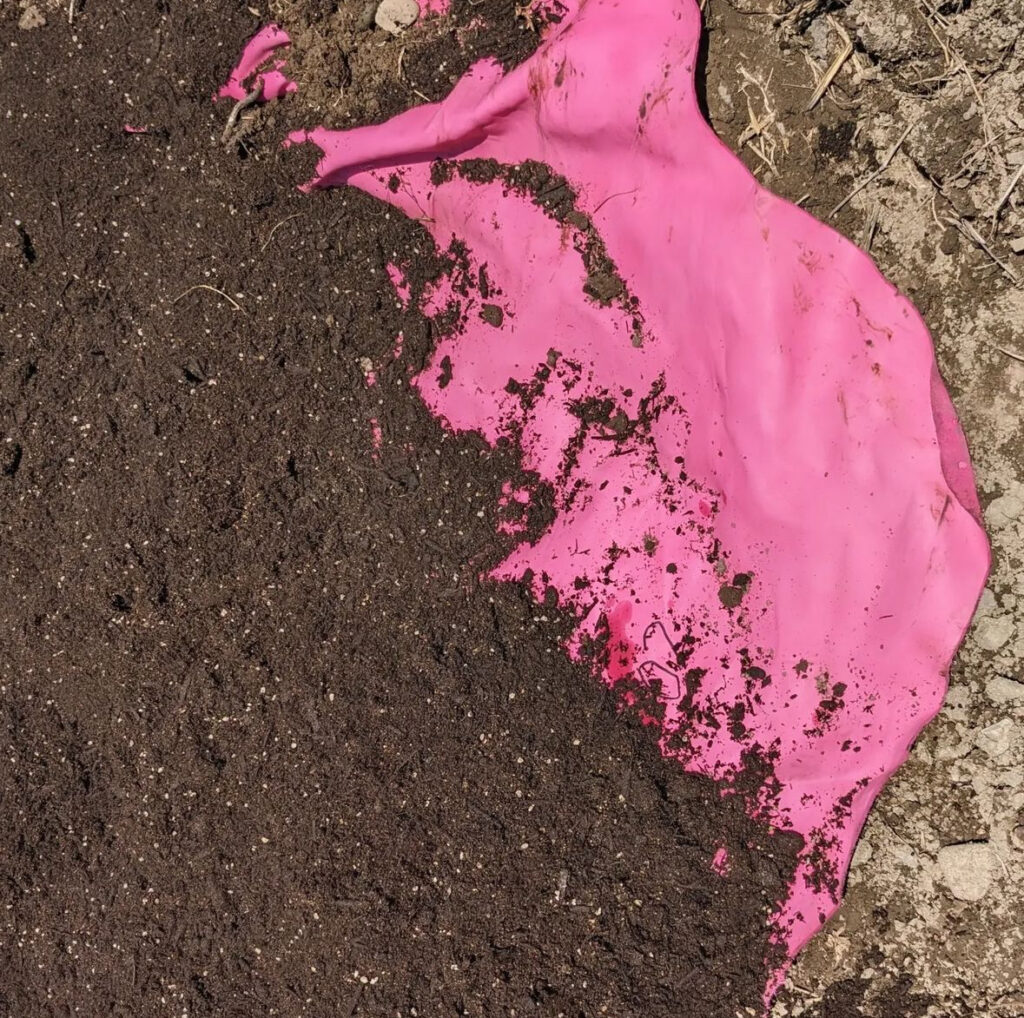

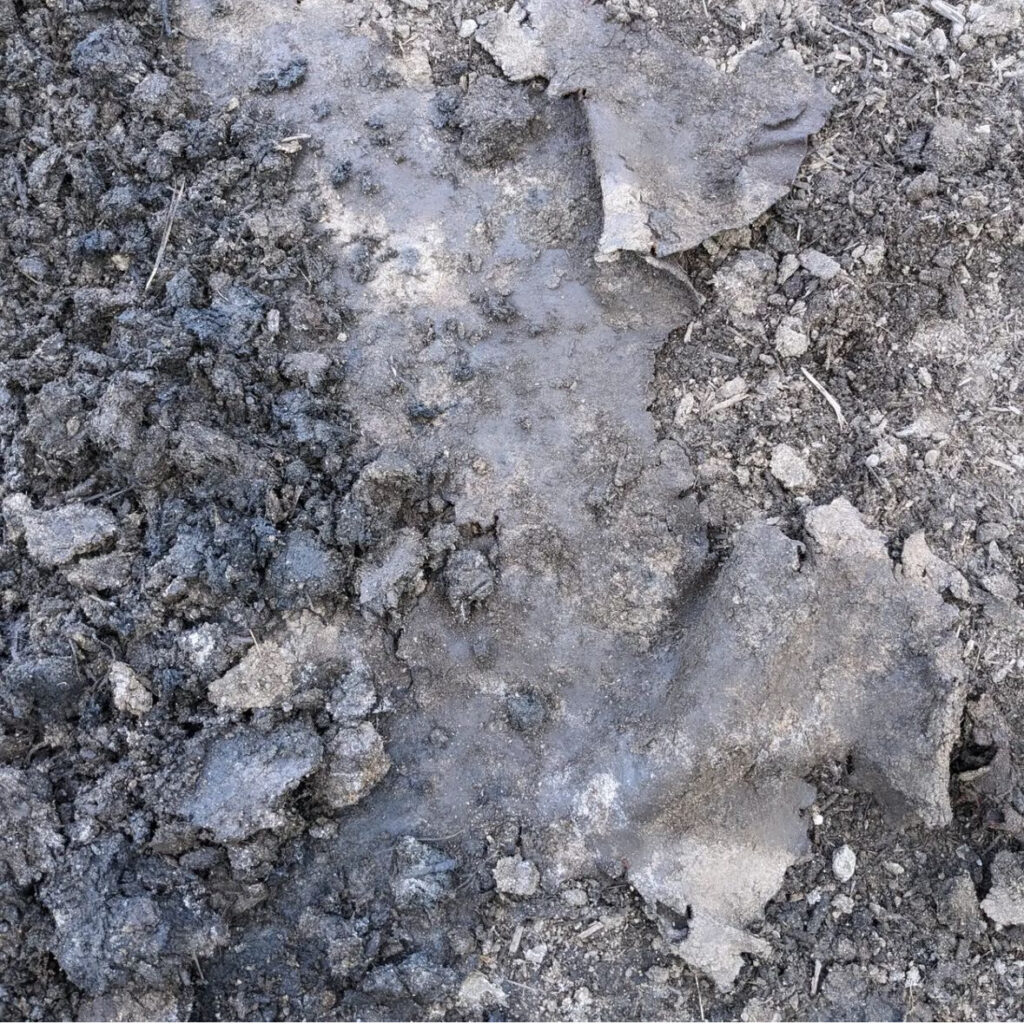

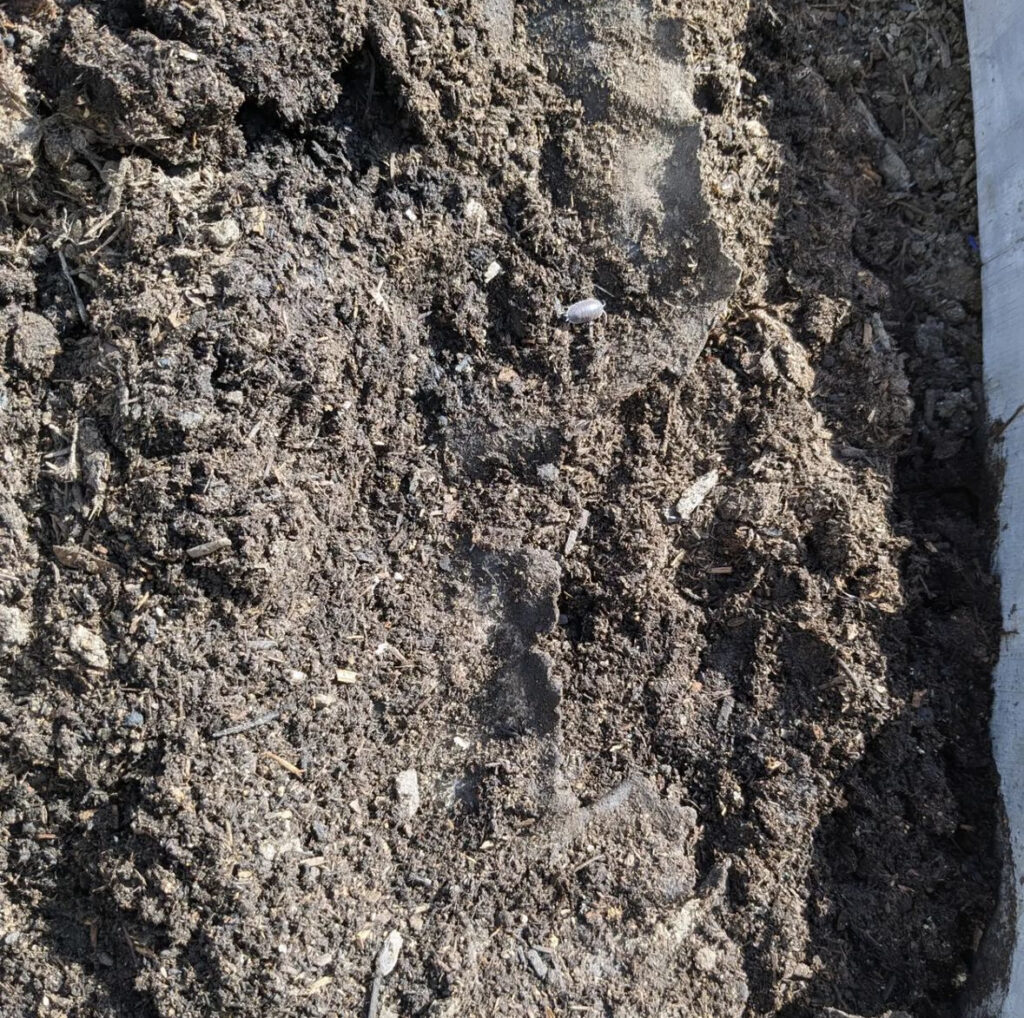
Biodegradability Test in Progress





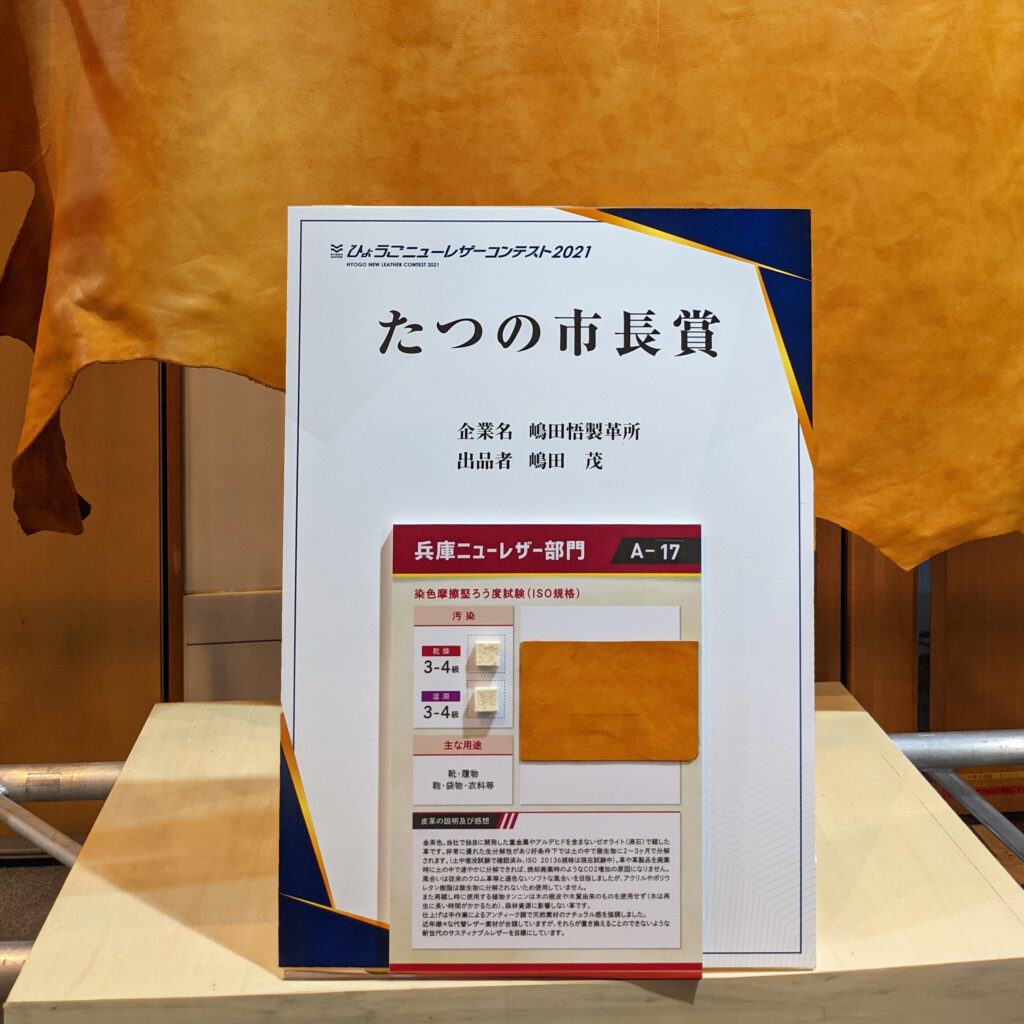
Zeolite tanned leather is highly regarded as a new generation of sustainable leather.
At the 2021 Hyogo New Leather Contest, we won the “Excellence Award” and “Tatsuno Mayor Award” for the same tanned cowhide material.
In 2022, we received the “Hyogo Prefecture Leather Industry Cooperative Association Chairman’s Award” for deerskin, and the “Ministry of Economy, Trade and Industry Kinki Bureau of Economy, Trade and Industry Director’s Award” for cowhide in 2022.
We also submitted a zeolite-tanned wild gibier deer leather eco bag, which returns to the earth in 1-2 months, to the 2021 Japan Leather Award, along with a verification photo.
Aiming for Sustainable Purely Domestic Leather Materials
Japan has an abundance of zeolite, which is not used as a resource.
In the future, we will continue to develop various biodegradable finishing coatings, and in the future, we are looking to develop sustainable pure Japanese leather materials using domestically produced zeolite.
In order to make this a reality, we are in contact with universities and other research institutions to explore new ways to collaborate.
